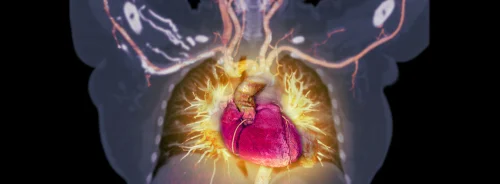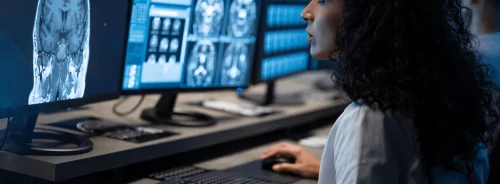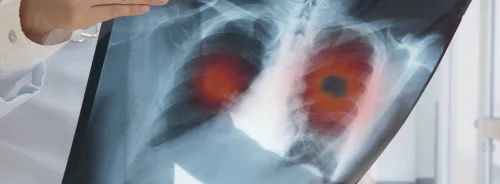To ensure that more female medical students consider radiology as a career, radiologists need to learn more about role modelling, including how to provide more visible female role models for medical students at earlier points in their training, according to an Educational Perspectives article in the journal Academic Radiology.
See Also: Representativeness of Women in Leadership Roles in Medicine
Data show that among the 20 largest US medical specialties, radiology ranks 17th in the percentage of its members who are women. Some investigations have concluded that the lack of role models is the single greatest barrier to women who might otherwise consider careers in radiology.
Medical students model themselves after more senior physicians — residents, fellows, and attending physicians — whose roles they expect to assume. "To function effectively as role models, radiologists need to attend to several key features of effective role modelling. To begin with, they need to recognise that they are imparting lessons that go far beyond the formal curriculum, including the level of enthusiasm they evince for their work, how they interact with other people, and the fulfilment they derive from their careers," authors Richard B. Gunderman, MD, PhD, and Jessica L. Houk, BS, write.
For example, women radiologists who show eagerness in doing their work, demonstrate a commitment to excellence, and interact effectively with patients and colleagues, they are likely to attract more female medical students to careers in radiology.
A key factor that can enhance the effectiveness of role modelling is excellence. This can be simply cognitive and technical, according to the authors. If a radiologist is regarded as particularly good at detecting lesions, performing procedures, or consulting with referring physicians regarding patients’ diagnostic workups and treatments, this will tend to enhance the level of interest of learners in emulating her, the authors explain.
In addition, character plays an important role, and it is equally helpful if the role model is regarded as particularly dedicated, wise, and compassionate. Visibility to learners is also important.
"It matters little how effective a radiologist could be as a role model if she never interacts with medical students. This is one reason why it is desirable to have individuals with high potential for role modelling playing highly visible roles in a radiology department," Gunderman and Houk say.
Providing opportunities to interact with women in radiology is particularly important in the first few years of medical school, when students are developing a sense of what each medical field looks like, including the types of people who tend to be well represented in it, the authors point out. For this reason, it is also important to engage women as educators in the medical school curriculum.
For example, female radiologists might help to teach such courses as anatomy, physiology, and pathology. In each course, radiology offers something new: the opportunity to see human structure, function, and disease in vivo. And when at least a portion of such teaching is done by women, female students are more likely to see radiology as a viable career path.
One thing role models should not do is paint an artificially rosy picture. Deceiving learners is never a good strategy, and a crucial part of role modelling is responding gracefully and effectively to difficulties, frustrations, and failures. "In many cases, a role model makes a more lasting impression by how she handles a setback than by how she basks in the glow of success," the authors write.
Role modelling helps to shape decisions not only about what students want to do but also who they want to be. At its best, radiology should show learners that it can provide them an opportunity to become the best physicians and human beings they can be, the authors conclude.
Source: Academic Radiology
Image Credit: Wikimedia Commons
References:
Gunderman RB, Houk JL (2017) The importance of role models in increasing women in radiology. Acad Radiol, 24(2):230-231. doi: 10.1016/j.acra.2016.09.021.
Latest Articles
Role Models, Women, Radiology, role modelling, medical training
To ensure that more female medical students consider radiology as a career, radiologists need to learn more about role modelling, including how to provide more visible female role models for medical students at earlier points in their training










